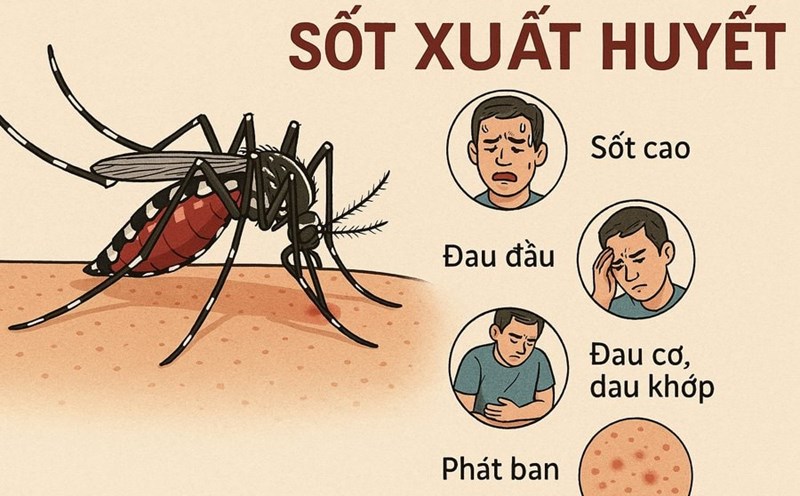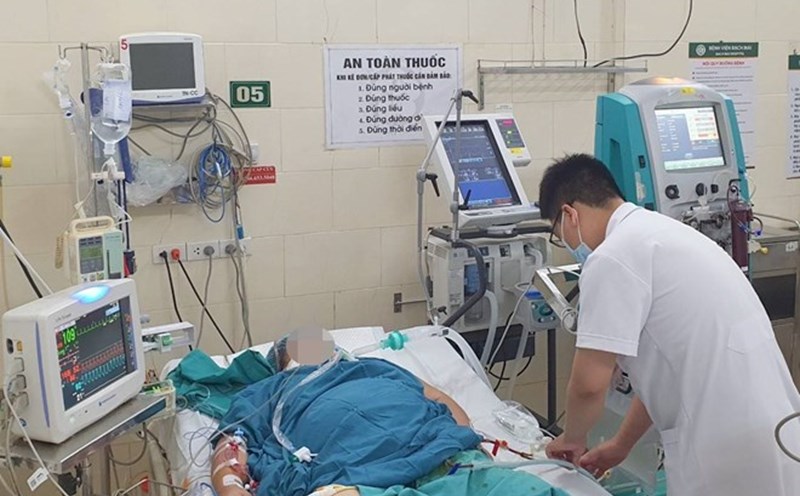According to information from the Hanoi Center for Disease Control (CDC), since the beginning of the year, Hanoi has recorded 475 cases of dengue fever, spread across 100/126 wards and communes, with 15 outbreaks.
Currently, the whole city still has 7 active outbreaks, of which the outbreak in Group 12 Kieu Mai (Xuan Phuong ward) recorded the highest number of cases with 8 patients. Some other small outbreaks appeared in Song Khe village (Tam Hung commune), Tay Ho ward (2 cases each); Hat Mon commune, Vinh Tuy ward and Phuong Duc commune (1 case each).
Although the number of cases has decreased sharply compared to the same period in 2024 (over 1,400 cases), the Hanoi CDC warned that the epidemic is on the rise. Monitoring results show that insect indexes in many outbreaks are at high risk. The city has not recorded a death due to dengue fever this year.
Nationwide, as of July 8, there have been more than 32,000 cases of dengue fever. The Ministry of Health believes that at this time, the North is entering a period of humid heat and heavy rain - a favorable condition for disease-carrying mosquitoes to develop. The epidemic is forecast to continue to develop complicatedly in the upcoming peak months.
In addition to dengue fever, Hanoi also recorded an increase in a number of other infectious diseases.
In the past week, the city recorded 88 more cases of hand, foot and mouth disease, bringing the total number of cases in 2025 to 3,293, nearly 2 times higher than the same period in 2024 (1,710 cases). Although the number of cases tends to increase, the Hanoi CDC said that most of them are spread out cases, with no complicated outbreaks.
Measles also increased slightly with 28 new cases in 21 wards and communes this week (an increase of 8 cases compared to the previous week), bringing the total number of cases since the beginning of the year to 4,295 cases in 125 wards and communes, including 1 death. The age group with the highest incidence rate is from 1-5 years old (accounting for more than 20%), followed by the group over 16 years old (18.6%) and the lowest is the group from 9-11 months old (7.8%).











